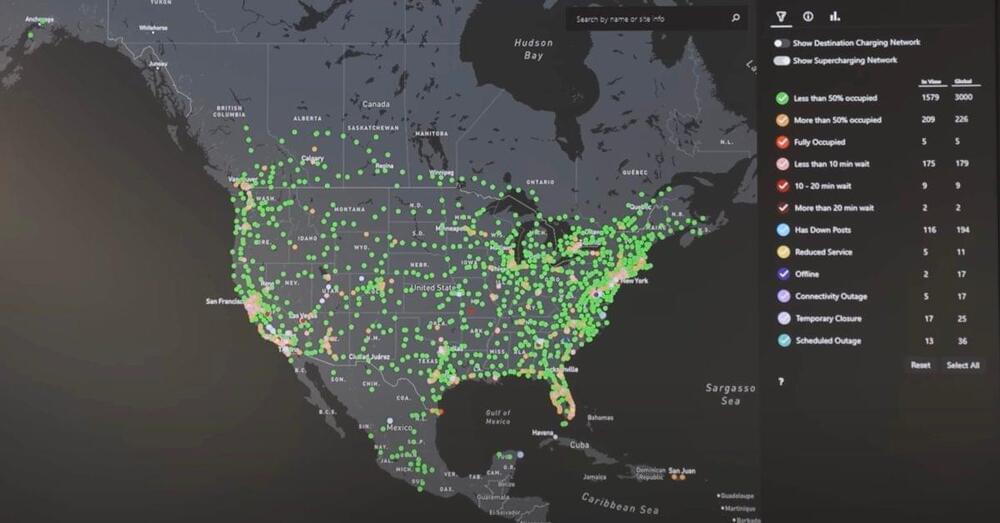Jun 19, 2023
Tesla gives rare and interesting look at its Supercharger monitoring system
Posted by Shubham Ghosh Roy in category: transportation
Tesla has released a rare and interesting look at its latest Supercharger monitoring system, which will become an important tool for managing an increasingly valuable asset.
Older Tesla owners will remember the days when the automaker was operating Supercharger monitoring systems on screens at a select few stations.
Continue reading “Tesla gives rare and interesting look at its Supercharger monitoring system” »

















